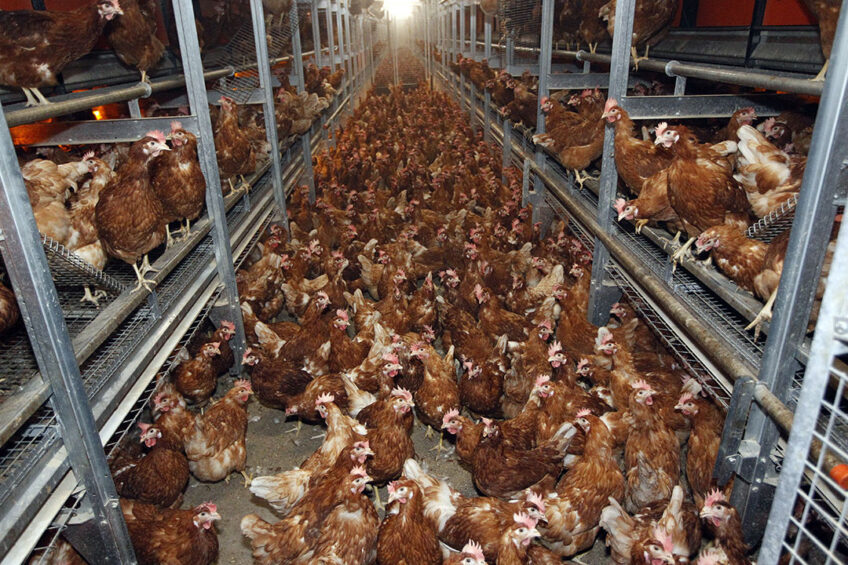US pulse check on EU move to ban caged birds

Moves by the European Parliament to press for a ban on caged birds will be felt keenly by international food companies doing business in both markets.
John Brunnquell, CEO of US-based Egg Innovations and third generation farmer, said the recent vote to ban cages in Europe was consistent with the long-term trend of animal welfare. Giving a pulse on the US reaction, Mr Brunnquell said: “Consumers, especially younger consumers, are reshaping the landscape of farm animals. In Europe, animal welfare is generally legislated and in the United States changes are generally market driven. The connectivity is international food companies who do business in both markets but want to adhere to one standard. “The United States egg industry continues its march on expansion of cage-free, free-range, and pasture egg layers to the detriment of cages. The most recent data shows cage-free egg production now exceeds 27% of the market and continues to increase. We expect these trends to continue for the next several years.”
Buyers expected to hold out until the last minute
With the US being a routine exporter to Europe, it can be expected that some buyers will hold out until the last minute (2027) to make the switch because of costs, which could potentially create a window for US exporters. Commenting on whether he was surprised at the level of support for the ban from MEPs in Europe, he said he wasn’t surprised given the history of hen welfare in parts of Europe: “The EU also tends to legislate animal welfare where the US tends to be more market driven. These steps are consistent with other steps taken in the past on beak treatments and male chick culling as examples.”
European Parliament votes to ban the use of cages by 2027
The European Parliament has called for the end of caged farming within the next 6 years. MEP’s voted overwhelmingly on a ban on the use of cages in animal agriculture by 2027. Find out more…
United Egg Producers said the number of hens housed in conventional caged environments was falling. It cited US Department of Agricultural Marketing Service as saying that ⅔ of US hens must be in cage-free production by 2026 to meet projected consumer demand. As of March 2021, organic and cage-free shell egg production accounted for 29.3% (96.1m hens) of the current table egg layer flock.













